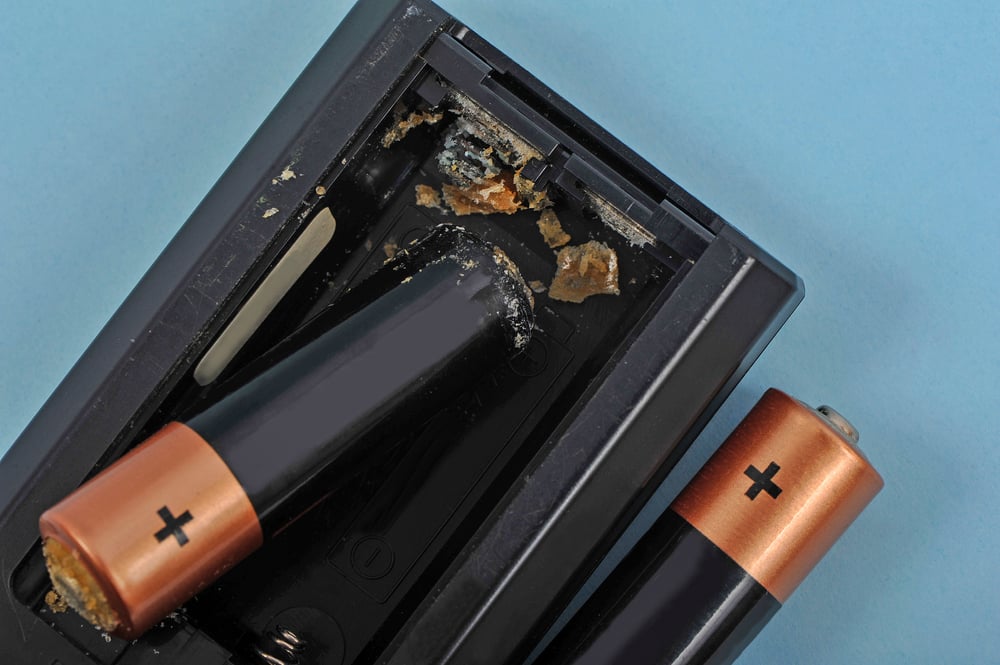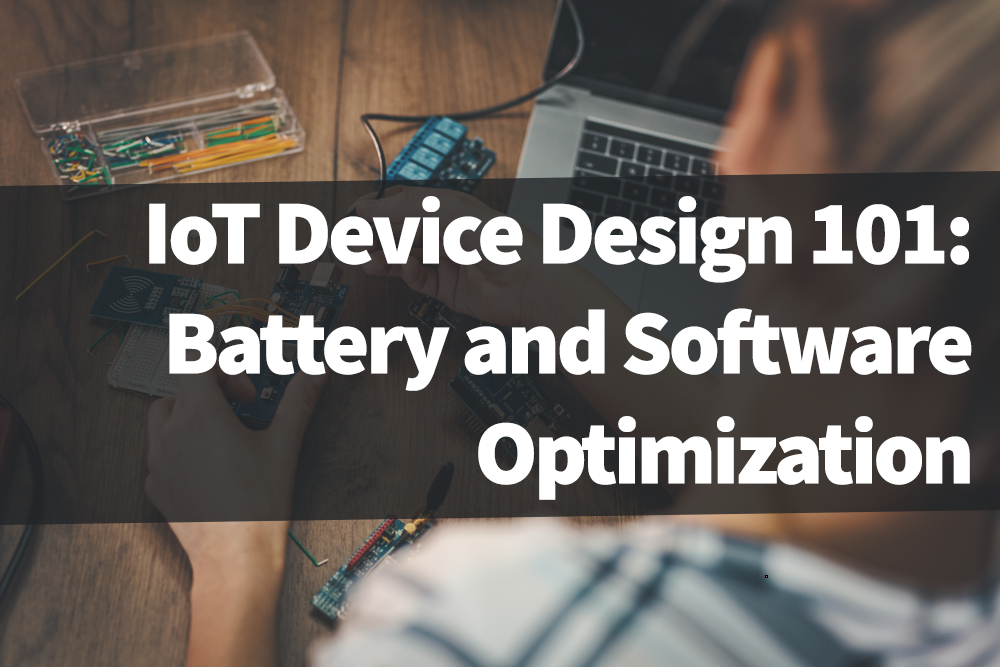This being said the safety and security of IoT devices should be carefully designed. Other than just optimizing the product’s features in hardware and software setups, a product’s battery and software design should be one of the highest priorities when designing an IoT product.
Today, we’ll talk about how to design an IoT device with the proper battery protection practices and the optimization of software design.
Battery Protection
A battery is the powerhouse of an IoT device. However, with great power comes great responsibility. The battery can be a source of numerous hazards, which can potentially risk the safety of the device and its users. These include:
- Overheating: Batteries can overheat and catch fire due to overcharging or discharging.
- Short circuits: A short circuit in the battery can lead to explosions or fires.
- Leakage: The battery can leak and damage the device's circuitry, leading to malfunctions or complete failure.

To avoid these risks, there are several precautions to take as a part of the battery protection process:
- Use a battery monitoring system that measures the battery's voltage and temperature to avoid overcharging or overheating.
- Add in a fuse or a short-circuit protection circuit that turns off the charging when the battery is fully charged.
- Use a battery with a built-in protection circuit that prevents overcharging, undercharging, and overheating.
Software Design
On the software side, there are several key factors that you should take into account during the design process. This should be done to ensure that your software design is optimized, secure, and safe.
- Memory Optimization: As an IoT device typically has limited memory, the device should be programmed to limit memory use during its operation.
- Power Optimization: The power optimization process can be done by using low-power components (hardware) and optimizing the device’s sleep mode (software) to minimize the power consumption rate – which also improves the battery’s life.
- Security: Potential threats will be exposed once the device is connected to a wireless network. To prevent security breaches in the system, adding features such as encryption, secure boot, and secure firmware upgrading can be a starting point.
Examples of Poor Design
Poor battery protection and software design can lead to serious consequences. Some of the proven case scenarios include:
- In 2016, Samsung faced a crisis when its Galaxy Note 7 battery defects made the phones catch fire. The company had to return millions of phones, leading to a loss of millions of dollars.

- In 2017, a temporary global internet outage occurred when the Mirai botnet infected IoT devices with intrusive malware.
Conclusion
Designing an IoT device requires careful consideration of the battery, its protection, and proper software design. Including battery protection and optimizing software design can help you avoid risks such as overheating, short circuits, and security threats. By designing your IoT devices correctly, you can ensure their safe and optimal performance.

